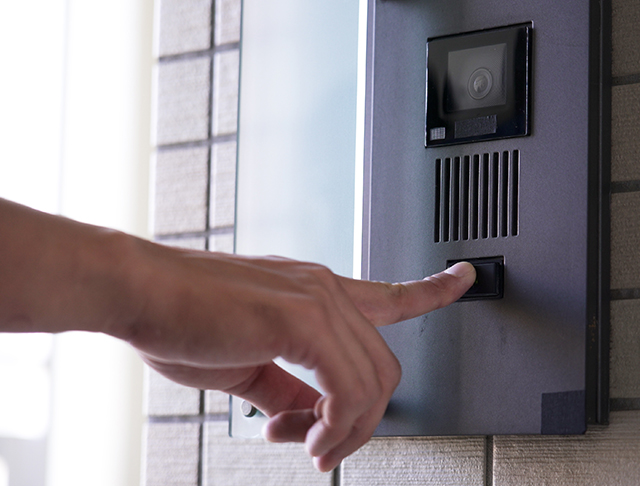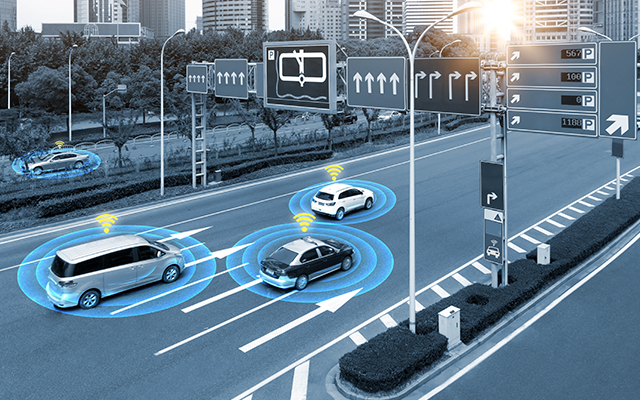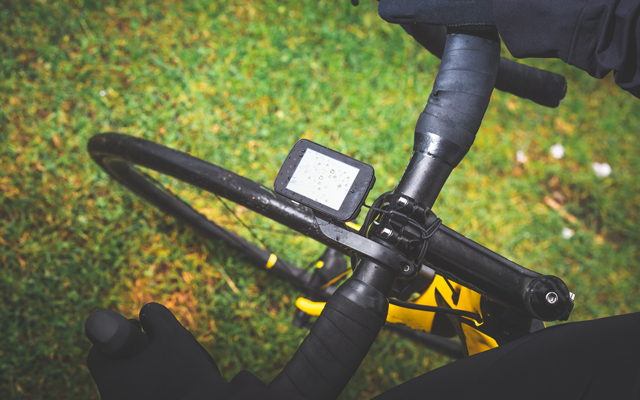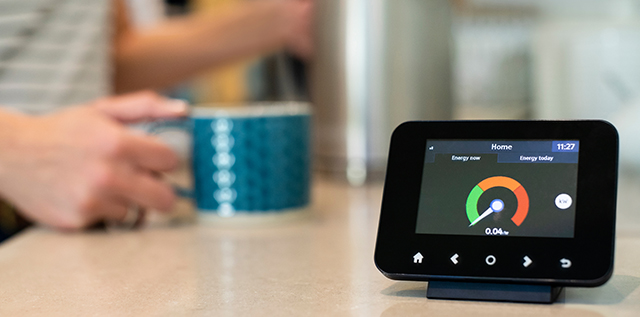LTE Category 1 (CAT-1) is a medium speed wireless communication standard specifically designed for Internet of Things (IoT) and Machine to Machine (M2M) use cases.
Discover how CAT-1 fits into the wider spectrum of IoT connectivity options and how it supports a wide range of IoT applications.
What is CAT-1?
Long Term Evolution (LTE) is a fourth-generation (4G) connectivity standard. Over time, it has given rise to a number of low power, wide area network (LPWAN) variants that are designed to support industrial, commercial and consumer-facing IoT projects.
The LTE Category 1 standard was first introduced in 2008, making it the first-ever IoT-specific LTE variant. The single antenna version, CAT-1 BIS, was introduced in 2016.
The key features of CAT-1 are as follows:
Data rates
CAT-1 offers maximum speeds of 10 megabytes-per-second (Mb/s) for downlink and 5Mb/s on the uplink. This makes it suitable for a wide range of feature-rich M2M and IoT applications, including those that require video streaming. CAT-1 also supports Voice over LTE (VoLTE), making it suitable for uses such as remote entry control and assisted living, where there’s a need for voice support. (See below for a list of use cases).


Latency
The CAT-1 standard has a latency of between 50 and 100 milliseconds. This compares favourably to lower-powered LTE IoT standards such as Cat M1 and NB-IoT, where the latency can be up to a few seconds. This enhances the user experience for functions such as data streaming, remote monitoring and surveillance.
Power usage
CAT-1 supports idle and sleep modes, maximising power efficiency. This helps to extend battery life and device longevity. Particularly useful for industrial devices deployed in hard-to-reach locations, it can mean less frequent maintenance and lower total cost of ownership.
Coverage
CAT-1 benefits from mature roaming agreements between MNOs. This enables resilient multi-network options and global roaming, which makes it a good option for IoT devices that need continuous connectivity on the move (consumer wearables, for instance). It also provides for in-vehicle handover, which means connections are maintained in moving vehicles.
CAT-1 vs CAT 4
CAT-1 is a medium-speed LTE standard, best suited to devices that need to transmit or receive a moderate volume of data.
CAT 4 has a maximum download rate of 150 Mb/s (15 times more than CAT-1), and an uplink rate of 50 Mb/s (10 times more than CAT-1). This makes a CAT 4 network a suitable option for complex IoT applications involving much higher data consumption.
Applications which use CAT 4 tend to have higher data consumptions and network costs tend to be higher than for CAT-1 based applications. Device battery consumption also tends to be higher. CAT 4 devices require multiple antennae. By contrast, a recently introduced CAT-1 variant (known as the CAT-1 BIS standard) allows devices to adopt single antenna designs without sacrificing network capability. This results in lower device production costs.
Examples of CAT 4 uses include high definition video surveillance, infotainment systems, internet hotspots and autonomous driving applications.

CAT-1 vs CAT-1-BIS

When CAT-1 first arrived, in order to meet the standard’s data throughput specification, the cellular modules incorporated into IoT devices needed two antennae for downlink reception.
A new standard, CAT-1 BIS, essentially enables CAT-1 devices to operate with a single-antenna design. This means that you get the same level of performance as regular CAT-1 in terms of data rates and power efficiency, but the removal of an antenna provides an opportunity to reduce the overall dimensions of the device and remove cost.
CAT-1 BIS is therefore a good option for IoT applications with stringent size requirements (wearables, healthcare monitoring and precision machinery diagnostics, for instance). A smaller form factor can also mean lower device production costs.
What are the benefits of CAT-1?
Balancing cost and performance
For IoT applications with medium-rate data demands, CAT-1 strikes an attractive balance between affordability and performance. Hardware costs are lower than CAT 4. Although hardware costs are higher than for LTE-M and NB-IoT, this is offset by the access to a significantly higher volume of 4G networks and roaming. The total cost of ownership for CAT-1 BIS could well be lower overall.
Data throughput is sufficient to support a wide variety of use cases, including those applications where features such as on-the-go connectivity and voice support are required.
Coverage
The CAT-1 standard is well over a decade old, making it a well proven and widely deployed technology. CAT-1 facilitates global roaming and makes it easy to deploy large numbers of devices in different geographic locations.
Futureproofing
CAT-1 enjoys comparable levels of coverage to second and third-generation networks. Many 3G networks look set to be phased out over the next few years. Likewise, the availability of 2G is unlikely to be guaranteed beyond 2025. For businesses seeking an upgrade from legacy 2G and 3G technologies, LTE CAT-1 offers an attractive, future-proofed alternative.

What are the disadvantages of CAT-1?

When devices routinely need to transfer large amounts of data to or from a network, CAT-1 is often a good option. However, where there isn’t this need, CAT-1 may represent an overkill. For certain applications which are only deployed over limited regions (smart cities, smart metering, healthcare) or where only small volumes of data are transmitted periodically, an ultra-low-power network is can be a better, more cost-effective fit. Suitable alternative options for basic, low-data applications include Narrowband IoT (NB-IoT) and LTE-M (also known as CAT M1).

Industrial
CAT-1’s relatively high data throughput and low latency makes it a popular option for real-time process monitoring and machinery remote control systems, particularly where a constant stream of data needs to be transmitted.

Retail
For applications such as ATMs, vending and handheld point-of-sale systems, LTE CAT-1’s low latency means that customer payment details can be verified swiftly. Low power consumption also makes it a popular choice for uses such as kiosks and vending machines.

Transportation
LTE CAT-1 is commonly deployed in dashcam solutions. It is also useful for vehicle diagnostic sensors, as well as for sensors that monitor the condition of assets in transit.

Security
High data throughput means that CAT-1 is capable of transmitting high-quality video footage. This is useful both for municipal surveillance systems as well as the type of private domestic security solutions that enable remote home monitoring.

Healthcare
CAT-1 supports VoLTE, which makes it a popular connectivity option for connected health applications. This includes outpatient monitoring and wearable medical alert systems, allowing users to make voice contact with a control centre in the event of an emergency.
Find out more
For an expert assessment of your connectivity needs and to discover the best fit M2M options for your business, speak to Wireless Logic today.
Learn more about our connectivity solutions for a wide range of use cases here.